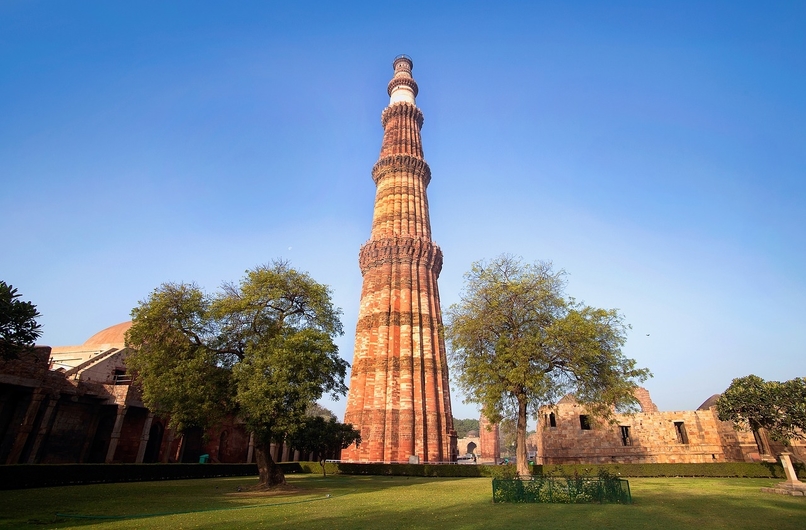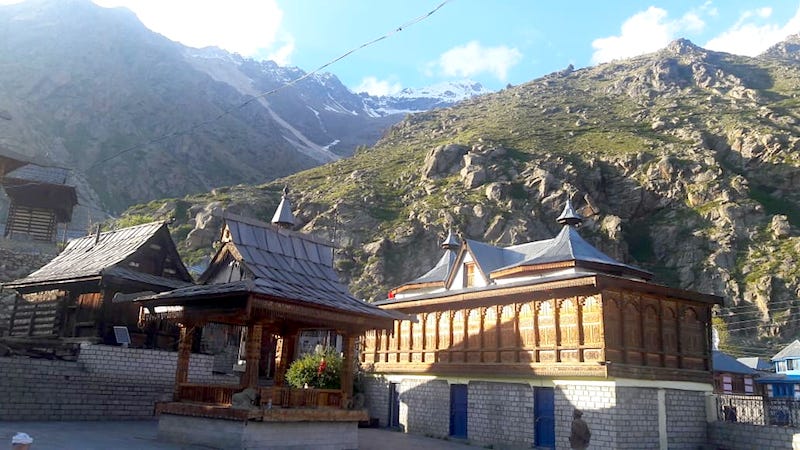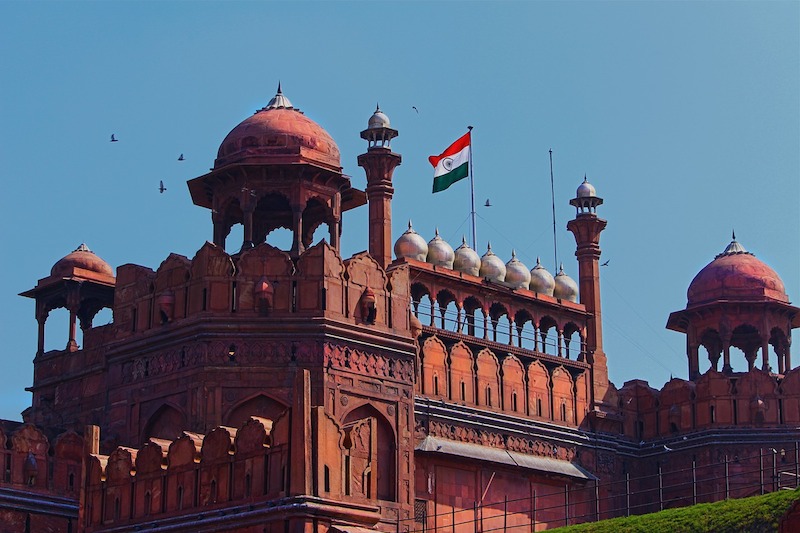
Owing to the cultural richness, historical legacy, architecture and natural beauty, India is one of the most popular tourist destinations in the Asian Continent. Research shows that there is an increase in both domestic and international tourists in the last two decades.
About 10 million international tourists visited India in 2017, though, about, 90 percent of tourists were domestic tourists. Observing these trends, the World Travel & Tourism Council expects that India will become a favoured destination and in turn become the 4th largest travel and tourism economy lagging only to China, the U.S and Germany, in less than a decade.
There are enough diverse reasons for that. India offers various categories of tourism from leisure tourism to eco-tourism, pilgrimage and cultural tourism, to journey to historical sites, to adventure and sports, business tourism, etc. The tourism sector has a significant role to play in the economic, commercial and social growth and sustainability of a local area, region and the country.
[ALSO READ: India-Ten historical monuments to stay open for public until 2100 hours]
Flourishing tourist places offer quality tourist infrastructure attracting domestic and foreign investments, further catalysing and facilitating growth and development in the region. Hence, tourism has a direct positive impact on the development of the destination and local area in terms of (a) Infrastructure gains: in terms of the development of roads and provision for basic amenities such as water, electricity, waste treatment, telecommunications, etc. (b) Economic gain through employment and micro-enterprise development and (c) conservation of environment and cultural/historic heritage resources and numerous indirect impacts such as empowerment of local communities through direct engagement, enhanced livelihoods and higher quality of living, and improved access and connectivity to larger regions in the country.

The earnings
In 2017, tourism generated about USD 230 billion in India, which accounts for 9.4% of the Country’s GDP in the present day. It also contributed to the creation of millions of jobs in 2017, pushing the industry in the top 10 sectors attracting foreign investments. The growth in the tourism industry is due to the rise in the arrival of more and more foreign tourists and the increase in the number of domestic tourists.
As a result, the sector is expected to expand only from here and is projected to be in the top five business travel markets by next decade and to double its contribution in country’s GDP by 2030.
The launch of a mega tourism circuit
The Government of India has recognized the potential of India’s rich historical, religious and natural heritage in providing unique tourism experiences, support communities, and provide employment, launched the Swadesh Darshan Scheme in 2014-15. The scheme focuses on integrated development of theme-based tourist circuits in the country without comprising upon the environmental concerns.
13 thematic circuits have been identified for the development. These are North-East India Circuit, Buddhist Circuit, Himalayan Circuit, Coastal Circuit, Krishna Circuit, Desert Circuit, Tribal Circuit, Eco Circuit, Wildlife Circuit, Rural Circuit, Spiritual Circuit, Ramayana Circuit and Heritage Circuit.
A blueprint to sector’s success
In the first quarter of 2018, the Ministry of Tourism (MoT) identified 17 prominent tourist sites of international acclaim, for a development based on the criteria of footfall, regional distribution, the potential for development and ease of implementation. The development of iconic tourist destinations is formulated with set objectives and aims and will be implemented under the ongoing Swadesh Darshan Scheme of Ministry of Tourism.
[ALSO READ: India’s Kashmir move good for tourism industry, feel insiders]
To boost tourist influx in India vis-à-vis implementing the master plans for the 17 sites, the Union Budget 2019-20 has allocated funds for development of tourism, social and physical infrastructure along with an emphasis on conservation of the natural, cultural and heritage resources at these identified destinations.
These destinations will serve as a model for the development of other tourist sites in India. The Union Budget has allocated marginally more — a rise of 1.82 percent and 7 percent, respectively, to the Tourism and Culture Ministries. While INR 13.7853 billion (USD 0.194 billion) has been allocated for building tourism infrastructure, INR 5.755 billion has been allocated for promotion and publicity2. With this, India is envisaged to gain a prominent spot in the global tourism map, thus continuing the growth momentum that the industry has been enjoying so far.


Some of the locations identified as part of this initiative include prominent tourist attractions such as Qutub Minar, Red Fort, Colva Beach, Dholavira, Somnath, Hampi, Kumarakom, Ajanta, Ellora, Mahabalipuram, Taj Mahal, etc. These destinations are envisaged to be developed with the aim to further enhance physical and social infrastructure and development of state of the art tourist facilities at the destinations to transform them into iconic tourist sites of Global standards.
Some other sites such as Mahabalipuram in Tamil Nadu, Kumarakom in Kerala and Somnath in Gujarat present a diverse character and a unique opportunity to develop vast and a wider knowledge base on the approach, analysis and development of tourism. These directly connect and helps us protects the natural and cultural heritage of the region.
The proposed initiative in these locations will include an array of projects proposed to achieve the set goals and objectives in each of these sites. The project emphasizes on the opportunities for development of medium and large scale projects on Public-Private-Partnership (PPP) model for the development of resorts, different categories of accommodation, convention centres and other such commercial establishments.
These will not only attract private sector investment but also have a substantial impact on the local economy and livelihood.
[ALSO READ: Indian city Jaipur named UNESCO World Heritage Site]
So what needs to done?
We need to focus on projects that revolve around enhancing the image of the region. Such projects focus on the improvement of access and connectivity, enhance drinking water supply to the sites and the local area, and help in the development of schools and other social infrastructure. Overall such projects become an important element in the development of a region. These also have a long -term impact on the dynamics of the destination.
The scheme also paves the way for proposals that will have a direct impact on the quality of life and livelihood of the local communities. These include the development of skill centres, art and crafts village, exhibition spaces and markets, etc. Involvement of social and environment focused NGOs for certain projects ensures wider perspective and a more holistic approach to the planning of these initiatives. The need is to replicate these models around every part of the country.
The author is the COO – Strategic Consulting, India, Sri Lanka and Bangladesh, JLL(Jones Lang LaSalle)




